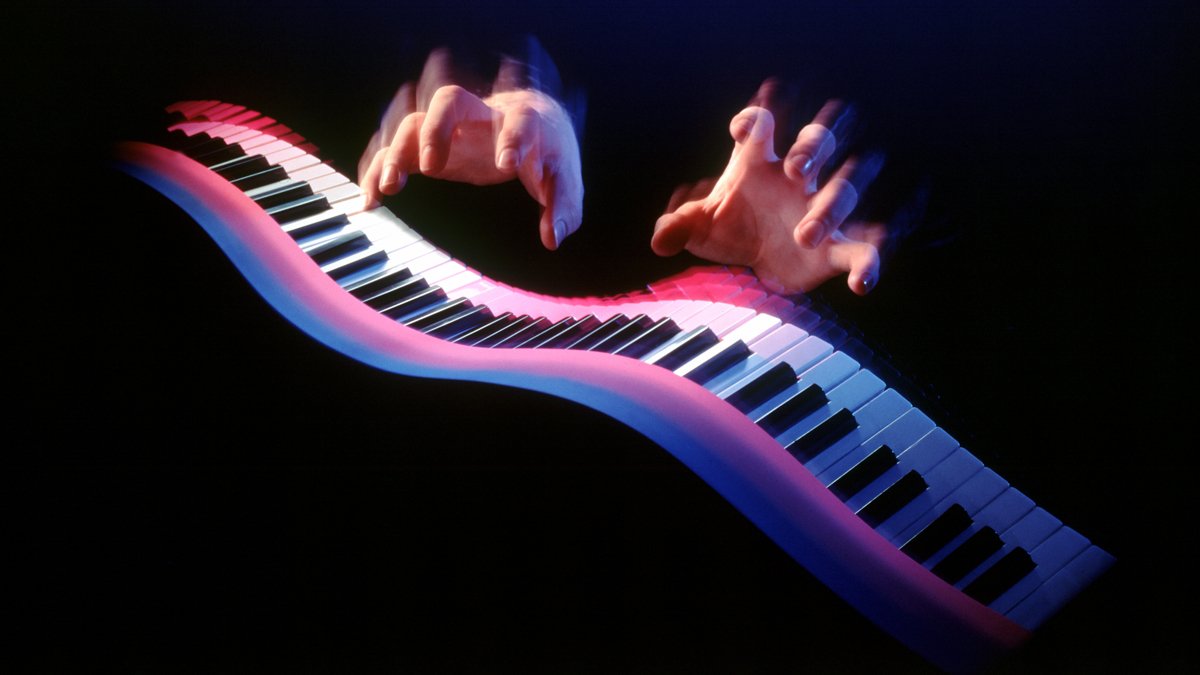What should the MIDI controller keyboard of the future look like?
Five industry experts gaze into their crystal balls

It's been the primary means of MIDI note input for computer-based musicians since the 80s, but is it time for MIDI keyboard manufacturers to reappraise the humble piano keyboard and take it somewhere new?
We pinned down five forward thinking instrument designers and asked them for their predictions as to what the coming years might hold for music technology's most timeless human interface…
Roger Linn Design
"I think the real question is how the notes will be arranged, which affects what the instrument will look like. There's a good chance that it will use LinnStrument's stringed-instrument note arrangement. In designing LinnStrument, I looked at all the modern and historical note arrangement ideas. For 3D expressive performance, pitch slides, isomorphism and polyphony, LinnStrument's stringed-instrument layout - rows of consecutive semitones tuned in fourths - is the best one I could find."
Roger Linn
CME
"Our focus is on making the MIDI controller keyboard more user-friendly with added mobility, so we have our Xkey Air series. It's the world's first Bluetooth MIDI controller keyboard compatible with all the popular computer platforms including Windows, Mac OS, iOS, Android and Linux. You can switch it on then play with your PC, tablet and smartphone immediately, without any special setup. In our mind, the future MIDI controller keyboard should start with wireless connectivity as the fundamental feature, plus an extremely portable design and more control capabilities."
Zhao Yitian
Symbolic Sound
"My dream MIDI controller keyboard of the future would be discoverable (sound engine software should be able to discover it, uniquely identify it, and poll it for its capabilities), bi-directional, high-resolution (14-bit minimum), low-latency, lightweight and foldable. It would provide both tactile and visual orientation feedback. The best new instruments are the ones that change the way you think about sound and music. The layout or the feel should give you new musical ideas and inspire you to explore unfamiliar musical territory."
Want all the hottest music and gear news, reviews, deals, features and more, direct to your inbox? Sign up here.
Carla Scaletti
ROLI
"Controllers of the future will have richer communication systems, allowing them to say different things. They'll look very different from one another, and people will want to own more than one. They will be more powerfully expressive, as the movement toward Multidimensional Polyphonic Expression (MPE) is already showing. They will seamlessly integrate with your sound-making software. People will have forgotten how hard it was to work with electronic music."
Ben Supper
Haken Audio
"I think a core feature of MIDI keyboards is that you can select a flute timbre or a trumpet timbre or a violin timbre, and without learning new performance skills, sound good at all of them. By having the fine structure and details of sounds all canned in the synth, we've lost something - the hard work to learn each custom-designed preset sound is what the best Continuum players are starting to recapture."
Lippold Haken


Computer Music magazine is the world’s best selling publication dedicated solely to making great music with your Mac or PC computer. Each issue it brings its lucky readers the best in cutting-edge tutorials, need-to-know, expert software reviews and even all the tools you actually need to make great music today, courtesy of our legendary CM Plugin Suite.
